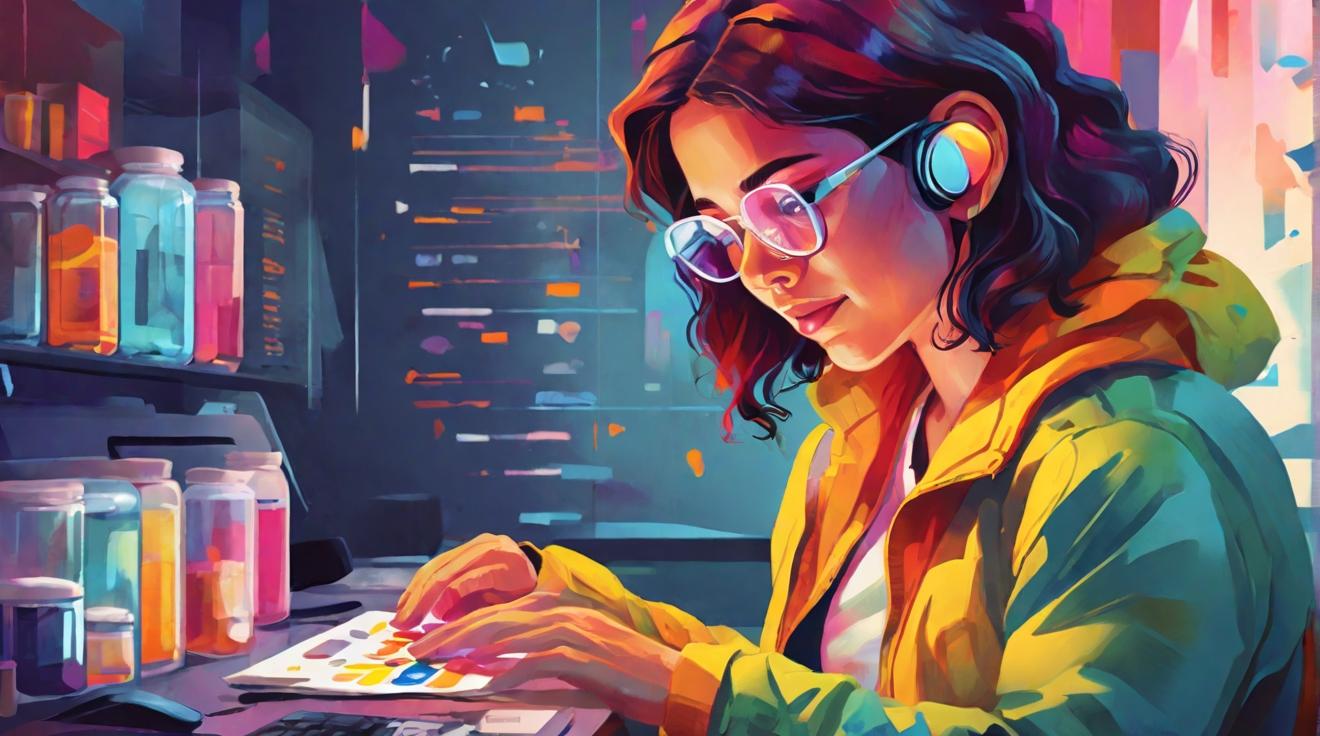Groundbreaking VR Project Simulates Visual Deficits, Highlighting Accessibility Challenges
In a notable presentation at the 2024 IEEE Conference on Virtual Reality and 3D User Interfaces, researchers unveiled a project that uses Virtual Reality (VR) and eye tracking to simulate various visual deficits such as macular degeneration and diabetic retinopathy. This innovative approach sheds light on the challenges faced by individuals with these conditions, emphasizing the need for more accessible product labeling.
The use of VR technology to simulate visual impairments is a unique method that allows users to experience the difficulties of performing simple real-world tasks, such as selecting the correct pill bottle or grabbing a mug. This immersive experience is particularly effective in conveying the impact of living with conditions that cause significant vision loss.
With the advent of more sophisticated technology, eye tracking has become a cornerstone in creating a realistic simulation of visual deficits. Unlike in the past, eye tracking technology is now integral to several consumer VR products, marking a significant advancement in our ability to replicate the nuances of human vision and perception accurately.
Moreover, the application of eye tracking extends beyond human studies, having been utilized in research on jumping spiders to explore their complex visual systems. This underscores the versatile nature of eye tracking technology in enhancing our understanding of visual perception across different species.
The project emphasizes the critical need for designing accessible labels and packaging. The current standard for labels and pill bottles proves to be a barrier for those with visual impairments, an issue that this VR simulation vividly highlights. By experiencing first-hand the challenges faced by individuals with these conditions, there's a growing call to action for companies and designers to prioritize accessibility in their products.
In conclusion, the innovative use of VR and eye-tracking technologies in simulating visual impairments not only advances our understanding of these conditions but also serves as a powerful tool in advocating for more accessible designs. This project represents a significant step forward in harnessing technology to foster empathy and inclusivity.
Analyst comment
Positive news: This groundbreaking VR project that simulates visual deficits highlights accessibility challenges faced by individuals with conditions such as macular degeneration and diabetic retinopathy. The use of VR and eye tracking allows users to experience the difficulties of everyday tasks, emphasizing the need for more accessible product labeling. With the advancement of eye tracking technology, this project serves as a powerful tool in advocating for more accessible designs, fostering empathy and inclusivity. The market for VR technology and eye tracking is expected to grow as companies and designers prioritize accessibility.













